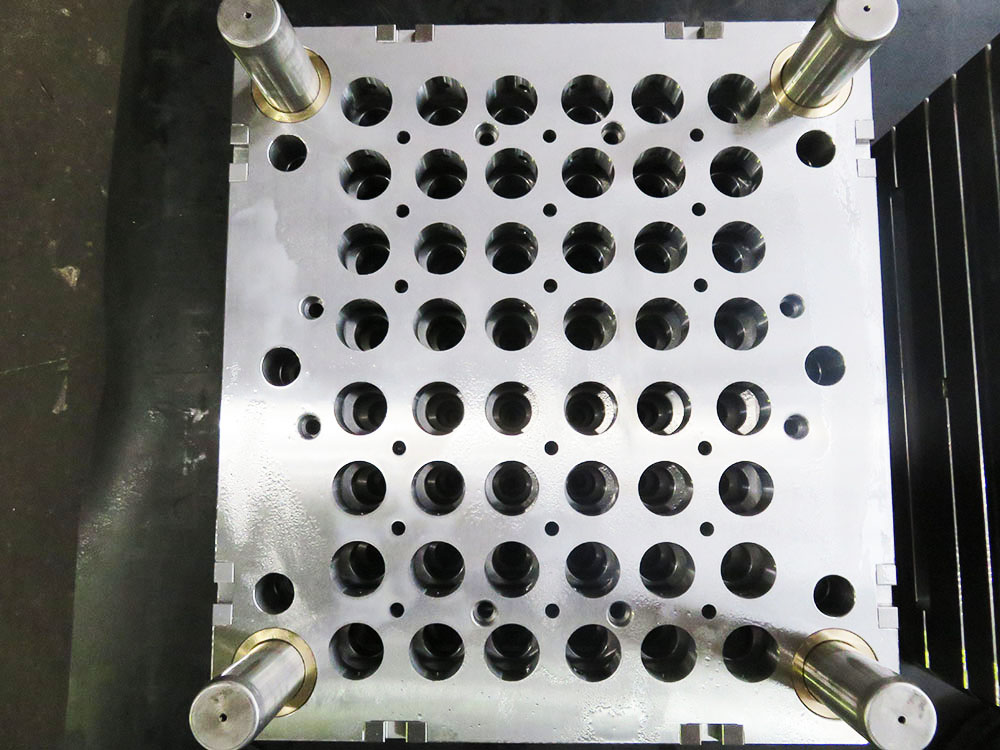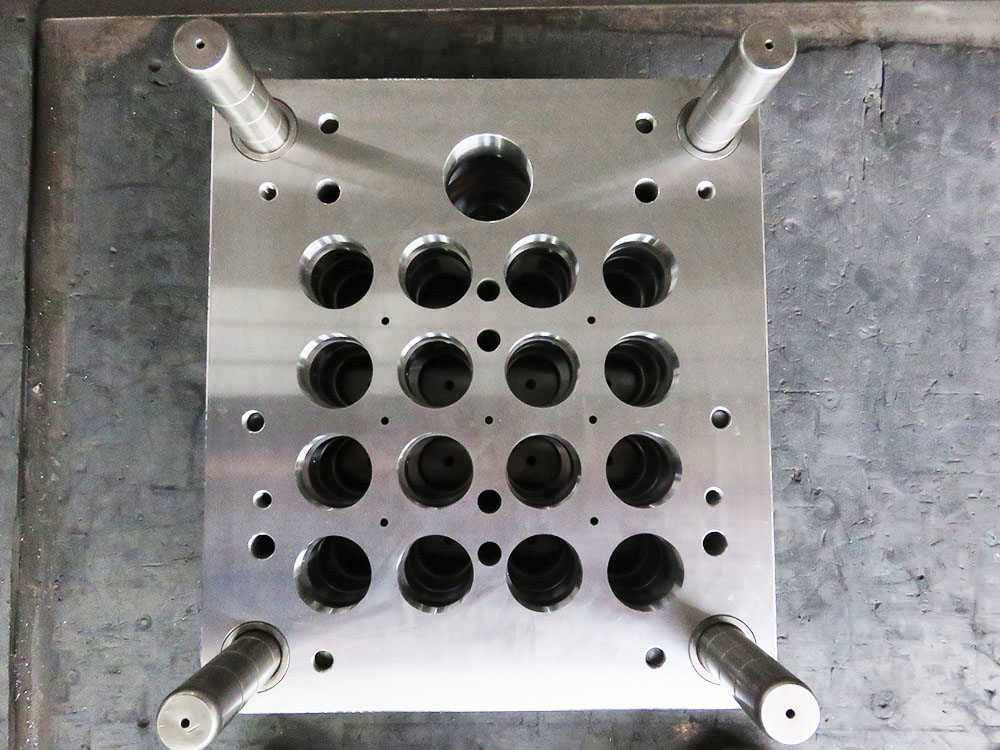How to Use the Ug10 Scaffold Library in the Mold Base Industry
The mold base industry plays a crucial role in the manufacturing process of various products, ranging from automotive parts to consumer electronics. To streamline the design and development of mold bases, the Ug10 Scaffold library offers a comprehensive range of features and functionalities. In this article, we will delve into the step-by-step process of using the Ug10 Scaffold Library, ensuring clarity and professionalism throughout.
Step 1: Installation
Before utilizing the Ug10 Scaffold Library, it is necessary to install it correctly. The library can be downloaded from the official source, ensuring that you are obtaining the latest version. Once downloaded, follow the installation instructions provided, and ensure that all prerequisites are met. This may include installing compatible software such as CAD applications or related libraries.
Step 2: Initialization
After successful installation, it's time to initialize the Ug10 Scaffold Library. This step involves adding the necessary headers or files to your development environment. Make sure that these files are referenced correctly in your project settings, allowing the library to be integrated seamlessly into your mold base design workflow.
Step 3: Creating a New Mold Base Instance
Now that the library is properly integrated, you can create a new mold base instance in your design environment. This can typically be accomplished by instantiating the appropriate class or object provided by the Ug10 Scaffold Library. Ensure that you have the necessary parameters or input data ready. These may include specifications such as mold size, number of cavities, and part dimensions.
Step 4: Customizing Mold Base Components
The Ug10 Scaffold Library offers a wide range of customizable components for mold bases. This step involves utilizing these components to meet your specific design requirements. This may include adding inserts, ejector pins, cooling channels, and other essential elements to the mold base. Utilize the library's API or provided functions to access and modify these components based on your design needs.
Step 5: Applying Mold Base Standards
To ensure compatibility and compliance with industry standards, the Ug10 Scaffold Library provides pre-defined templates and configurations. This step involves applying these standards to your mold base design. By following these guidelines, you can ensure proper fitment, alignment, and overall quality of the mold base. Make use of the library's documentation to understand the standard configurations and apply them accordingly.
Step 6: Analysis and Validation
Once your mold base design is complete, it is essential to analyze and validate its various aspects. The Ug10 Scaffold Library enables users to perform analysis on aspects such as collision detection, thermal management, and structural integrity. Use the library's built-in analysis tools or integrate external analysis plugins to evaluate and optimize your mold base design.
Step 7: Documentation and Reporting
As with any design process, documentation and reporting are vital steps to ensure traceability and future reference. The Ug10 Scaffold Library offers features to generate comprehensive reports, bill of materials, and assembly instructions for your mold base design. Make full use of these features to provide clear documentation and facilitate effective communication with stakeholders.
Conclusion
The Ug10 Scaffold Library provides a robust set of tools and functionalities for mold base design in the mold base industry. By following the step-by-step process outlined in this article, you can effectively utilize the library to streamline your mold base design workflow. From installation to documentation, each step ensures clarity and professionalism in achieving optimized mold base designs.




